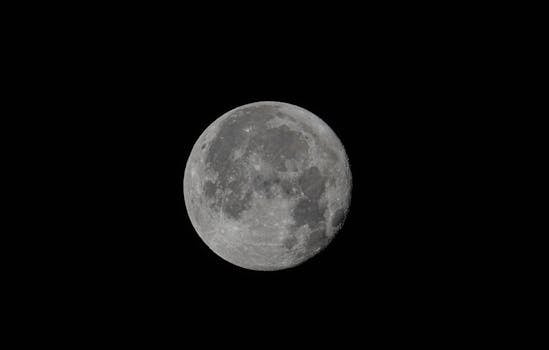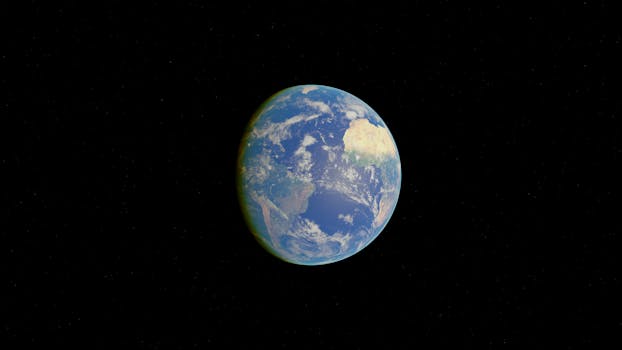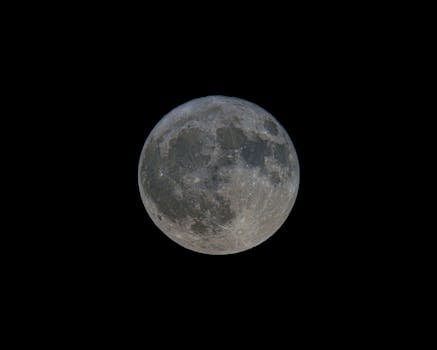MEO Satellites: Revolutionizing Global Communication with Medium Earth Orbit Technology – MEO Satellites

MEO satellites, or Medium Earth Orbit satellites, are a type of satellite that operates in an orbit between 2,000 and 36,000 kilometers above the Earth’s surface. This orbit is higher than Low Earth Orbit (LEO) satellites but lower than Geostationary Earth Orbit (GEO) satellites. MEO satellites have gained significant attention in recent years due to their unique characteristics, which make them ideal for a wide range of applications, including satellite communication, navigation, and Earth observation.
The use of MEO satellites has several advantages over traditional GEO satellites. One of the main benefits is the lower latency, which is the delay between the time data is sent and the time it is received. MEO satellites have a latency of around 10-20 milliseconds, compared to GEO satellites, which can have a latency of up to 250 milliseconds. This makes MEO satellites more suitable for applications that require real-time communication, such as video conferencing and online gaming.
Another advantage of MEO satellites is their ability to provide global coverage with a smaller number of satellites. Because they are in a higher orbit than LEO satellites, MEO satellites can cover a larger area of the Earth’s surface, reducing the number of satellites needed to provide global coverage. This makes MEO satellites a more cost-effective option for satellite communication and other applications.
MEO satellites are also being used for navigation purposes, such as the Galileo satellite system, which is a European navigation system that provides location information and timing signals to users. The Galileo system uses a constellation of 30 MEO satellites to provide global coverage and is designed to be more accurate and reliable than other navigation systems.
In addition to communication and navigation, MEO satellites are also being used for Earth observation applications, such as weather forecasting and environmental monitoring. The Meteosat Third Generation (MTG) satellite system, which is a European weather forecasting system, uses MEO satellites to provide high-resolution images of the Earth’s surface and atmosphere.
The future of MEO satellites looks promising, with several new constellations and systems being developed. One of the most notable is the O3b (Other 3 Billion) satellite constellation, which is a system of 20 MEO satellites designed to provide high-speed internet connectivity to underserved communities around the world. The O3b system is expected to provide speeds of up to 10 Gbps and will be used to connect remote and rural areas to the internet.
Another example is the Amazon Kuiper System, which is a constellation of 3,236 MEO satellites designed to provide high-speed internet connectivity to underserved communities around the world. The system is expected to provide speeds of up to 400 Gbps and will be used to connect remote and rural areas to the internet.
Applications of MEO Satellites

MEO satellites have a wide range of applications, including satellite communication, navigation, Earth observation, and more. One of the main applications of MEO satellites is satellite communication, which includes services such as broadband internet, voice telephony, and video conferencing. MEO satellites are ideal for satellite communication due to their low latency and global coverage capabilities.
Another application of MEO satellites is navigation, which includes systems such as the Galileo satellite system. The Galileo system uses a constellation of 30 MEO satellites to provide location information and timing signals to users. The system is designed to be more accurate and reliable than other navigation systems and is expected to have a wide range of applications, including aviation, maritime, and land transportation.
MEO satellites are also being used for Earth observation applications, such as weather forecasting and environmental monitoring. The Meteosat Third Generation (MTG) satellite system, which is a European weather forecasting system, uses MEO satellites to provide high-resolution images of the Earth’s surface and atmosphere. The system is designed to provide more accurate and reliable weather forecasts and will be used to monitor climate change and other environmental phenomena.
Benefits of MEO Satellites

MEO satellites have several benefits, including low latency, global coverage, and cost-effectiveness. One of the main benefits of MEO satellites is their low latency, which makes them ideal for applications that require real-time communication, such as video conferencing and online gaming. MEO satellites have a latency of around 10-20 milliseconds, compared to GEO satellites, which can have a latency of up to 250 milliseconds.
Another benefit of MEO satellites is their global coverage capabilities. Because they are in a higher orbit than LEO satellites, MEO satellites can cover a larger area of the Earth’s surface, reducing the number of satellites needed to provide global coverage. This makes MEO satellites a more cost-effective option for satellite communication and other applications.
MEO satellites are also more resistant to interference and jamming than other types of satellites. Because they are in a higher orbit, MEO satellites are less susceptible to interference from other satellites and ground-based systems, making them a more reliable option for critical communications and other applications.
Conclusion

In conclusion, MEO satellites are transforming the way we communicate globally, offering faster and more reliable connections than traditional GEO satellites. With their low latency, global coverage, and cost-effectiveness, MEO satellites are ideal for a wide range of applications, including satellite communication, navigation, and Earth observation. As the demand for satellite-based services continues to grow, MEO satellites are expected to play an increasingly important role in the future of global communication and connectivity.
See more:







